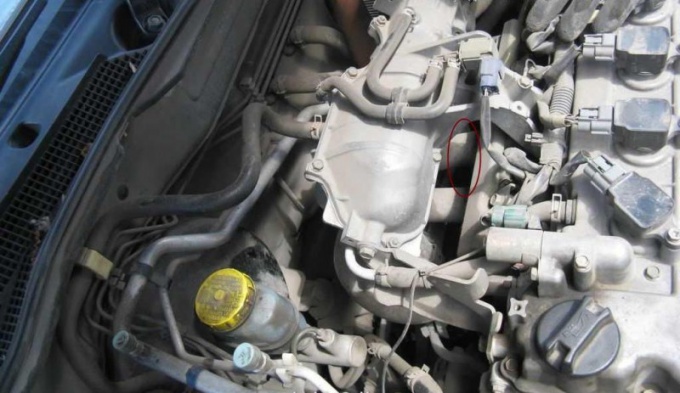You will need
- tester (multimeter)
Instruction
1
Look on the cylinder head of the engine installation angle position sensor camshaft (DPRV). Check the o-ring for damage. Make sure that the housing of the sensor and the toothed rotor are also lacking any damage and metal particles.
2
Making sure the ignition on the car off, disconnect the sensor from coming to him the power wires and the engine management system. Usually these wires are attached to standard connectors, so disconnection of the wires just press the lock pad. Note the harness connector. It should have three pins: positive supply pin (positive), the mass contact (minus) and signal contact.
3
Turn on the car ignition. With a voltmeter (tester), measure the voltage at the positive supply wire of the camshaft position sensor. While the negative probe of the device connect to ground of the engine. Thus measured voltage should correspond to voltage at the battery terminals. If the measured voltage corresponds to the supply means, the power supply circuit of the sensor faulty. In exactly the same way, measure the voltage of the terminal to the sensor ground. It must be zero.
4
Connect the positive and negative power wires DPRV. When connected secondary (signal) sensor wires run through that connect voltmeter (tester). In other words, one of the probes of the voltmeter should be touching the signal output of the transducer, the other signal input of the engine control system. In most cases it will have to cut the signal wire and to the ends of exposed wires to connect the tester.
5
Rotate the engine using stratera. Good sensor should show a voltage swing from zero to 5 volts. If the sensor is faulty, replace it with a new one. To do this, unplug all of his wires, Unscrew the bolt of its fastening and remove DPRV from the distribution slot. The installation of a new swipe sensor in the reverse order. Tightening torque mounting bolts should be 10 Nm. Don't forget to install the rubber seal at the connection of the sensor and the head unit.
